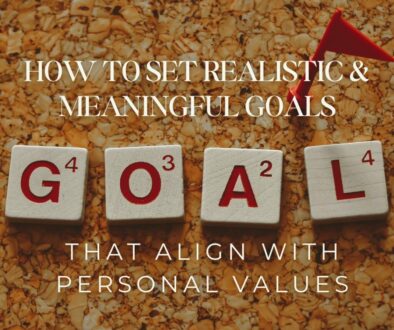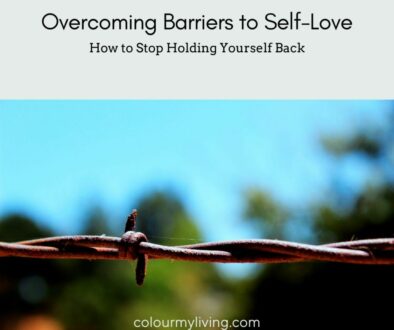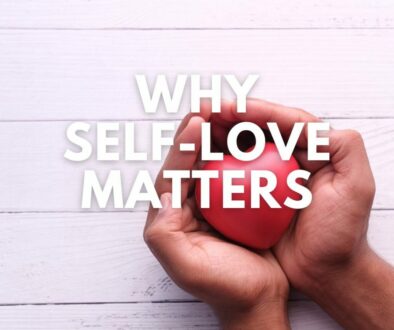The Beginner’s Guide to Mindful Eating: Benefits and steps to eating mindfully
Mindfulness has gone mainstream in the last few years, with an estimated 200-500 million people practicing meditation worldwide. It has become big business too – according to Sensor Tower, the top-performing meditation apps brought in a total of $195 million in 2019. That’s a lot of people looking to use mindfulness techniques to improve their health and wellbeing.
Mindfulness is most often practiced for its mental health benefits. Because it focuses on rooting our minds in the present and letting emotions and thoughts ebb and flow without judgement, many people turn to mindfulness and meditation to help them with anxiety, depression, and stress. Some workplaces even offer mindfulness sessions to their employees now, recognising the impact it can have on productivity, as well as employee satisfaction and wellbeing.

Overview
So we know that mindfulness is used to support mental wellbeing, and to increase happiness in the workplace. But what about mindful eating? Can mindfulness techniques really help us to have a healthier relationship with food? And how do you go about eating mindfully anyway?
There’s a growing body of evidence to say that mindful eating can indeed help us to make healthier choices with food, and even to lose weight. In this article, we’ll look at the principles behind mindfulness and how they are applied to mindful eating. We’ll also look at the benefits of eating mindfully for our health. And finally, we’ll look at how to put mindful eating into practice.
What is Mindfulness?
Mindfulness is a core tenet of Buddhism, but you don’t have to be Buddhist, or even spiritual, to practice it. At its simplest, mindfulness is the art of paying attention to the present moment. This sounds like it should be easy enough. But if you have ever tried meditation, you know how difficult it can be to keep your mind focused.
Our brains are hard-wired for distraction. In fact, researchers have found that our attention goes in cycles – we are able to focus for a time, and then get distracted by our surroundings, random thoughts, or wondering what we should have for dinner. Mindfulness is the art of noticing when our attention wanders off course, and gently bringing our thoughts back to the present moment, without judgement.
This works to improve mental wellbeing because so much of our brain space is taken up with what-ifs and worries for the future. Mindfulness centres us in what is real and true right now – the in and out of our breath, the chair beneath us, the feel of our arms resting on our legs. The sound of traffic and birdsong from the open window, the smell of our neighbours’ cooking.
Essentially, mindfulness is the art of paying attention. Crucially, it is also free of judgement. When our attention wanders, and it will, mindfulness teaches us to notice and then to bring it back to the present moment. Instead of getting carried away by our thoughts and emotions, mindfulness encourages us to let them pass through, so that we can return to our calm concentration on our immediate present.
Like many things, mindfulness is a skill. The more you practice, the easier it gets.
Mindful Eating
So how does all of this work with eating? The truth is, many of us are distracted when we sit down to eat. Indeed, we may not even sit down, but simply grab a sandwich on the go. It is common for us to eat lunch while we work, or scroll on our phones, or watch TV. It feels normal to do so – our busy lives mean we are always on, always hustling, and always keeping up with the constant flow of information from our phones and other media.
But this distracted way of eating doesn’t do our bodies any favours. It takes time for our stomachs and brains to send us the signal that we have eaten enough – around 20 minutes is the time usually quoted.
When we have half our attention on other things, we are likely to eat faster and not realise that we have already had enough, which causes us to consume more calories than we actually need. Eating very fast is also a hallmark of binge eating disorders.
Eating when distracted also prevents us from fully tasting our food. Instead of appreciating the variety of flavours and textures in our meals, we eat mechanically. We’re more likely to reach for foods that are quick and easy, rather than those that are delicious and nourishing.
Mindful eating is all about slowing down and bringing our full focus to our food. Studies have shown that eating slowly leads us to eat less, because we give our bodies a chance to let us know that we are full.
As well as bringing our concentration to our food and eating slowly, mindful eating teaches us to observe our physical and emotional cues with curiosity, rather than judgement. How, when, and what we eat is bound up with a whole range of issues, not just our appetite.
Many of us reach for food when we are bored, or tired, or upset. Our cultures can affect our eating habits too; providing a good meal for our friends or family is a way of showing love in many societies, and few people would be brave enough to turn away a plate that has been made for us by a beloved family member.
By bringing a calm sense of observation to our behaviours around food, eating mindfully gives us an opportunity to recognise what is triggering our desire to eat. Using mindfulness techniques, we can gain some distance and perspective so that we can decide whether to follow the urge or not. Are we eating to satisfy a physical need? Or is the hunger an emotional one? If the latter, is there a different way we could satisfy it instead?
A vital aspect of mindful eating is the lack of judgement. Feelings of guilt or failure are common around emotional eating. Mindfulness teaches us to notice and then let go of these emotions. There is no right or wrong, no good or bad. Just gentle curiosity.
What Are The Health Benefits of Mindful Eating?
Many people want to know if mindful eating can help us to lose weight. While it isn’t necessarily the main focus of mindful eating, eating more mindfully has been linked to a decrease in calorie consumption and an associated loss of weight. There seem to be two reasons for this:
1. Not Overeating
First, mindful eating focuses on slowing down and focusing on our food. As already discussed, eating more slowly allows us to recognise when our bodies are full and leads to consuming fewer calories than eating quickly.

Second, mindful eating allows us to recognise some of our triggers and behaviours that might lead us to eat when we are not actually hungry. This increased awareness of our emotional state and our bodies’ signals can help us to become more deliberate about when and what we eat, cutting down on the impulse to reach for food to soothe emotions.
So the answer is yes, mindful eating can help with weight loss. But it has other benefits for our health too. Here are three:
2. Improve Mental Health
Food is an emotional topic. Many of us feel stress and anxiety around our diets. Mindfulness techniques have been linked to decreasing the symptoms of anxiety and stress, so eating in this intentional way can help to improve our mental health by relieving some of the tension we might be holding around food. Mindful eating gives us more control.

3. Aid Digestion
One of the techniques in mindful eating is to chew your food thoroughly. Since the digestive process starts with the mechanical breakdown of food by your teeth, and the chemical breakdown of food by enzymes in your saliva, chewing your food well before you swallow makes it easier to digest. This ensures you will get the most nutritional benefit from your meals.

4. Spark Gratitude
When we truly take the time to appreciate our food, we come to realise what an amazing gift it is. We start to savour flavours and textures more intensely and see each meal as an opportunity to engage our taste buds and nourish our bodies. This sense of gratitude has a positive impact on our wellbeing.

How to Eat Mindfully
Hopefully, we’ve convinced you of the benefits of mindful eating. But how do you actually go about eating mindfully?
1. Focus On Your Food
Step away from the computer, ban phones from the table, switch off the TV, and put away your book. To eat mindfully, you need mealtime to be distraction-free. Obviously, if you eat with other people it might be seen as rude to ignore them entirely, but explain what you are doing and take regular breaks from conversation to bring your focus back to your food.

Focus on the food in front of you. Smell it. Notice the different colours and shapes. As you begin to eat, take the time to analyse the different tastes and textures in your mouth. Is the food warm or cold? Rough or smooth? Tart or sweet? How does it change as you chew? How does it feel as you swallow?
Your mind will wander away from your meal. Practice noticing when your focus has shifted and gently bring it back to your food.
2. Eat Slowly
As we’ve seen, eating slowly helps us to recognise our bodies’ signals and eat the right amount. Take your time over your meals. Take small mouthfuls and chew them thoroughly before swallowing. Put your fork or spoon down between mouthfuls. Don’t follow each bite up with the next one straight away but wait a beat to notice how your body feels before eating more.

3. Listen to Your Body
Before you reach for food, bring your attention to your body. How do you feel? Are you hungry? Thirsty? Or is something else going on? Examine your emotional state too – are you happy? Sad? Bored? Angry? Stressed?
Over time, you’ll begin to see patterns in your eating behaviours and notice when you reach for food to meet an emotional hunger instead of a physical one.

Pay attention to how you feel after you have eaten too. Certain foods will likely leave you feeling satisfied and well-nourished. Others may cause digestive issues or leave you wanting more. Noticing this might lead you to healthier food choices but without the stress or judgement that comes from following a restrictive diet – it is a technique called gentle nutrition.
4. Practice Over Perfection
Remember that mindful eating is a skill. You won’t master it straight away. Treat your mindful eating as a practice – the more you do it, the more natural it will become. This isn’t a diet to follow or another item to tick off your to-do list, but a change in your attitude and lifestyle to lead to a healthier relationship with food.

This article was originally published on our sister site – Colour My Health
Article by Lucy Jacob edited by Li-ling Ooi














